A Six Sigma-Driven Methodology Aligned with ISO 9001 Standards
We ensure that all our processes are designed to meet the following ISO 9001 principles:
Customer Satisfaction
We are dedicated to meeting and exceeding client expectations through tailored solutions that deliver measurable results.
Risk-Based Thinking
We address potential risks and opportunities in every project, ensuring that we mitigate risks while exploring ways to improve processes.
Continuous Improvement
Through ongoing data analysis and performance reviews, we ensure that process improvements are not only implemented but sustained for long-term success.
Compliance
We adhere to all applicable industry standards and regulatory requirements to ensure that our processes remain compliant and reliable.

Define – Understanding Client Challenges & Identifying the Problem Statement
Before initiating process optimization, we ensure a thorough understanding of the client’s challenges and performance gaps.
• Stakeholder Engagement: In-depth consultations with key executives and process owners to identify pain points and strategic goals.
• Problem Statement Definition: Develop a clear, data-driven problem statement that defines project scope and expectations.
• Baseline Data Collection: Gather operational KPIs, financial metrics, and performance indicators to quantify inefficiencies.
• Alignment on Goals: Ensure defined problems and outcomes are aligned with business and compliance objectives.

Measure – Mapping Current Processes & Identifying Inefficiencies
Once the problem is defined, we quantify performance and highlight inefficiencies.
• Value Stream Mapping (VSM): Visualize material, information, and process flow to detect bottlenecks and waste.
• Root Cause Identification: Use Fishbone Diagrams, 5 Whys Analysis, and Pareto Charts to isolate inefficiency sources.
• Key Performance Metrics: Define KPIs like On-Time Delivery (OTD), First Pass Yield (FPY), Cost per Transaction, and Lead Time.
• Process Variation Analysis: Apply Six Sigma statistical tools to detect process variation and quality risks.

Analyze – Identifying Root Causes & Improvement Opportunities
We analyze collected data to reveal root causes and improvement areas.
• Statistical Process Control (SPC): Identify variations and control limits using histograms and control charts.
• Waste Identification: Apply Lean’s Seven Wastes (TIMWOOD) to eliminate non-value-added activities.
• Failure Mode and Effects Analysis (FMEA): Evaluate risk impact and probability to build preventive strategies.
• Cost & Impact Assessment: Calculate financial impact of inefficiencies to prioritize improvement initiatives.

Improve – Implementing Optimization Strategies for Maximum Efficiency
Data-driven solutions are designed and validated before full-scale rollout.
• Process Reengineering: Redesign workflows to eliminate delays and maximize efficiency.
• Automation & Technology Integration: Leverage RPA, AI analytics, and digital tools to streamline execution.
• Lean Six Sigma Solutions: Use Kaizen, Kanban, JIT, and 5S to embed continuous improvement.
• Pilot Testing & Validation: Conduct controlled pilots and assess performance metrics before implementation.

Control – Sustaining the Gains & Ensuring Continuous Improvement
Robust mechanisms are established to prevent regression and maintain standards.
• Performance Monitoring Dashboards: Enable real-time tracking with ERP-integrated tools and KPIs.
• Process Documentation & SOP Development: Create updated SOPs to support process standardization and knowledge retention.
• Control Charts & Ongoing Audits: Use SPC tools and periodic audits to track variance and sustain gains.
• Preventive Action Planning: Design early warning systems and escalation protocols to detect and mitigate future risks.
• Training & Change Management: Deliver Six Sigma workshops and onboarding for process owners to ensure sustainability.
• Client Feedback Loop: Gather structured feedback post-deployment to identify enhancement areas and ensure satisfaction.
• Management Review Inputs: Present results and process trends to leadership for strategic alignment and ISO 9001 readiness.

Report-Out – Presenting Results & Implementation Roadmap
We deliver clear, actionable outcomes with sustainability strategies.
• Executive Summary & Solution Report: Provide final documentation, ROI analysis, and reengineered workflows.
• Implementation Roadmap: Detail timelines, milestones, responsibilities, and rollout strategy.
• Risk Mitigation Strategies: Outline contingencies and escalation protocols to manage transition risk.
• Sustainability Plan: Define continuous monitoring and feedback practices to ensure long-term success.
Outcome: Quantifiable improvements, repeatable models, long-term cost reduction, operational efficiency, and customer satisfaction — all in alignment with ISO 9001:2015 standards.
How We Maintain Documented Information (ISO 9001 Principles)
We adhere to strict guidelines for maintaining and controlling documented information, ensuring transparency, consistency, and accountability across all projects. This is crucial in maintaining the integrity of processes and complying with ISO 9001 standards.
- Document Control System: We implement a formal system to manage all documentation, from process maps and SOPs to audit reports and training materials. This ensures that all documents are reviewed, updated, and securely stored.
- Knowledge Retention: By maintaining comprehensive and accessible documentation, we ensure that best practices, lessons learned, and key project details are retained for ongoing reference and continuous improvement.
